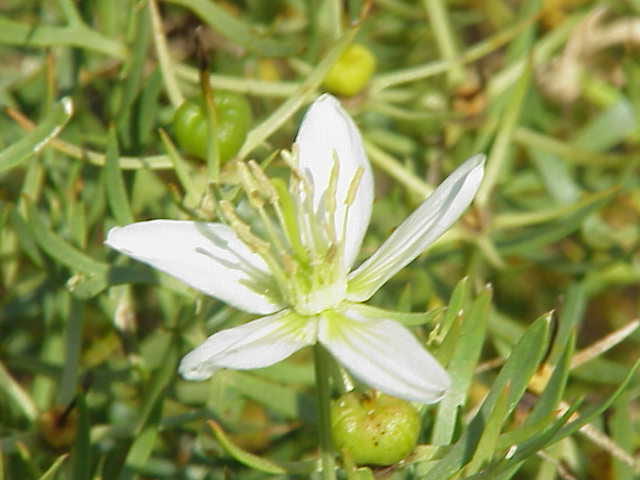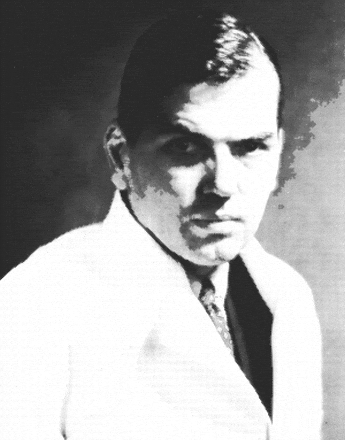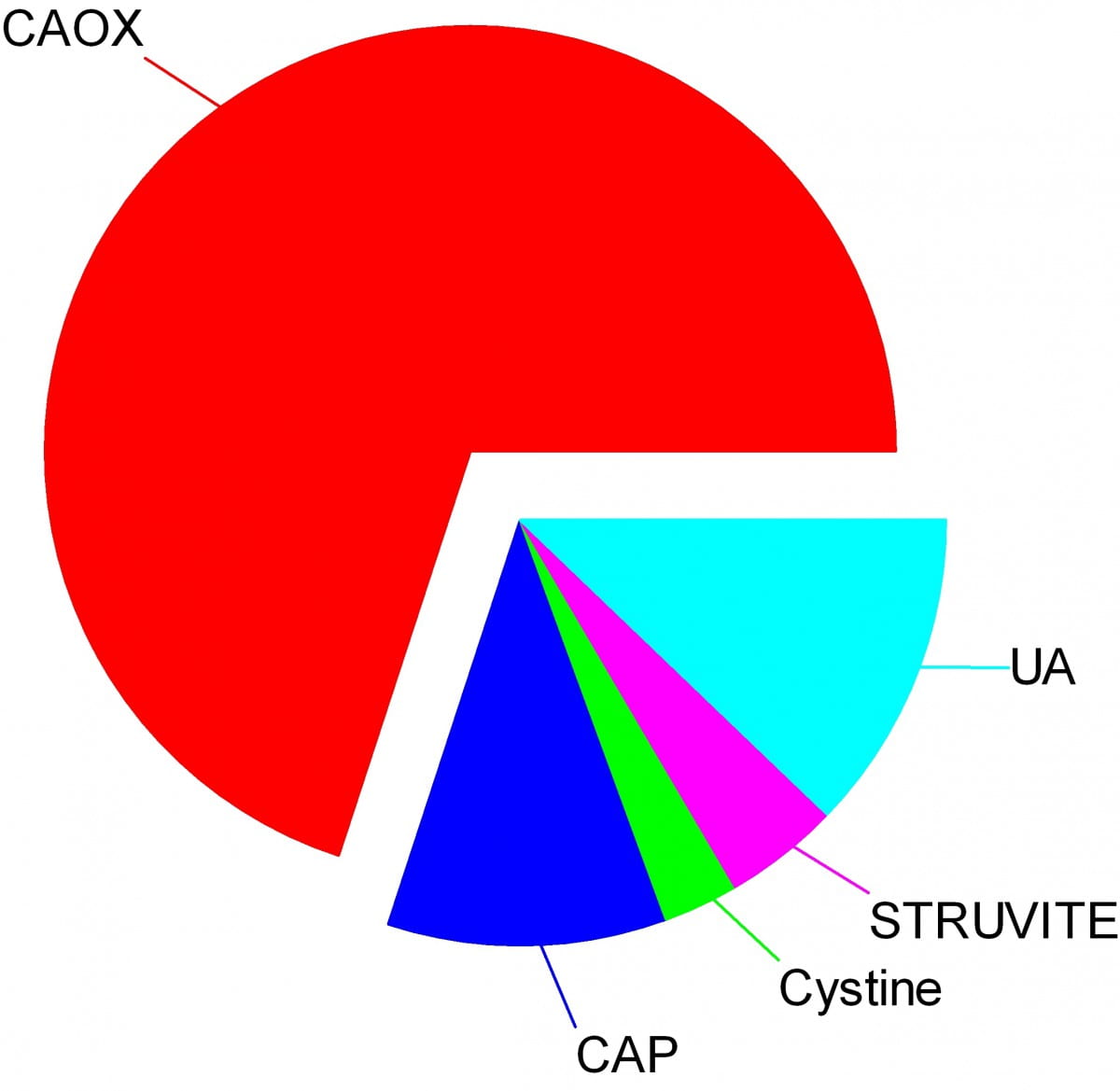


NEPHROCALCINOSIS
Not a few of you have heard this word and wondered what it meant for your health and management. Here is what it means. On the one hand, crystal deposits in kidney tissue. On the other, the name radiologists use when they see calcified regions overlying your kidneys, regions that are not clearly free stones but could be stones or tissue mineral. They really cannot tell with great precision. They never could. Modern high resolution ureteroscopy can tell, and surgeons everywhere have adopted this wonderful technology into common practice. You need to know this. Those of you who carry the diagnosis of nephrocalcinosis will all benefit from modern surgical visualization as opposed to indirect means of radiology.

THE GRAND INHIBITOR
Here is part two: citrate slows and can even stop stone crystals from growing. It does this by binding calcium, not the calcium in the urine but calcium atoms already part of a calcium stone crystal.
By binding to structural calcium atoms, citrate interferes with the orderly arrangement of atoms that is necessary for the crystal to exist, so one can think of inhibition and binding as two aspects of one power.
Like binding itself, this is not easy material to present or read. It is like climbing a tall hill for the view. If you will follow me up, I promise a reward.

